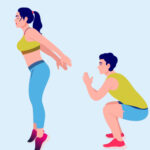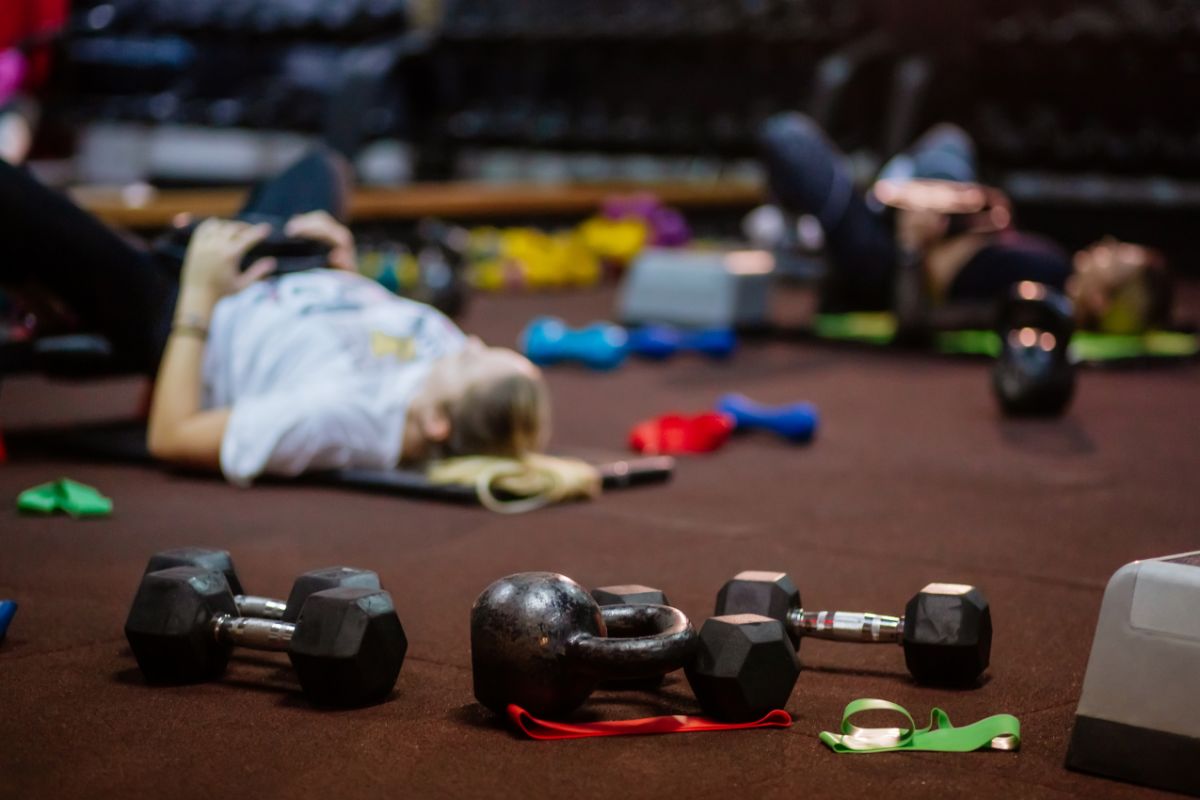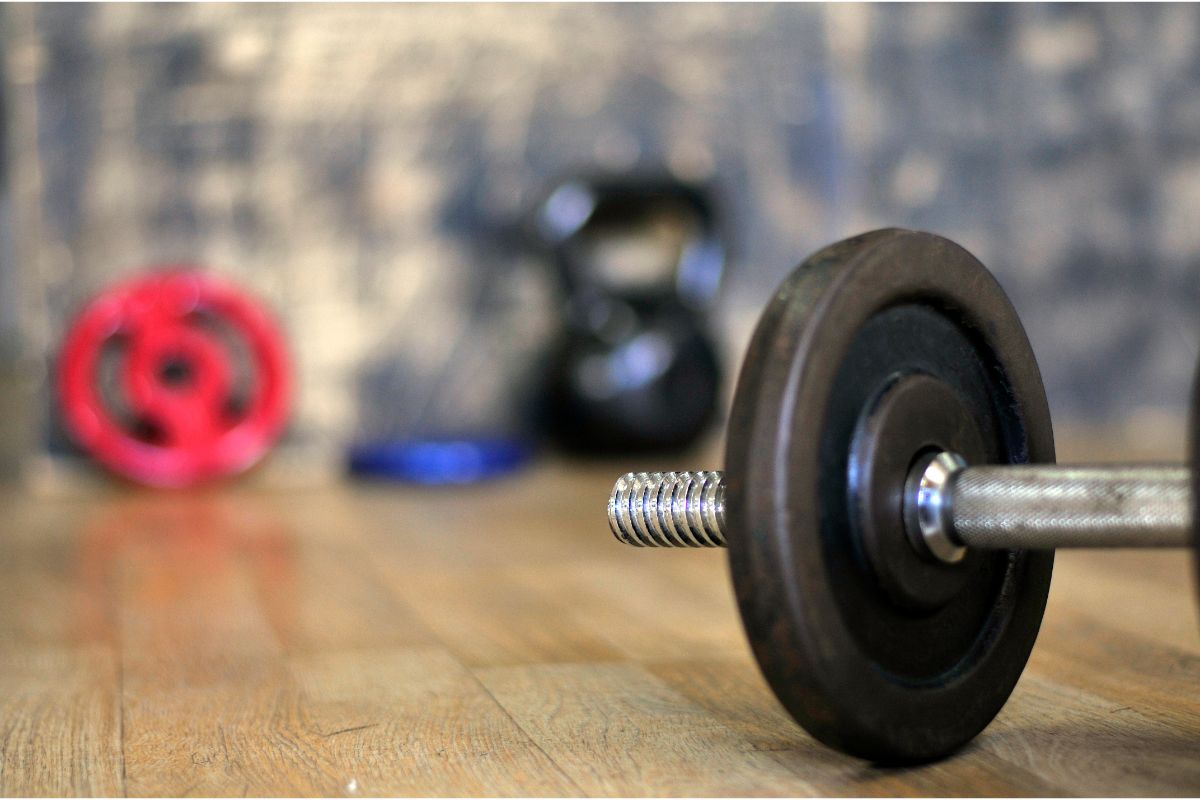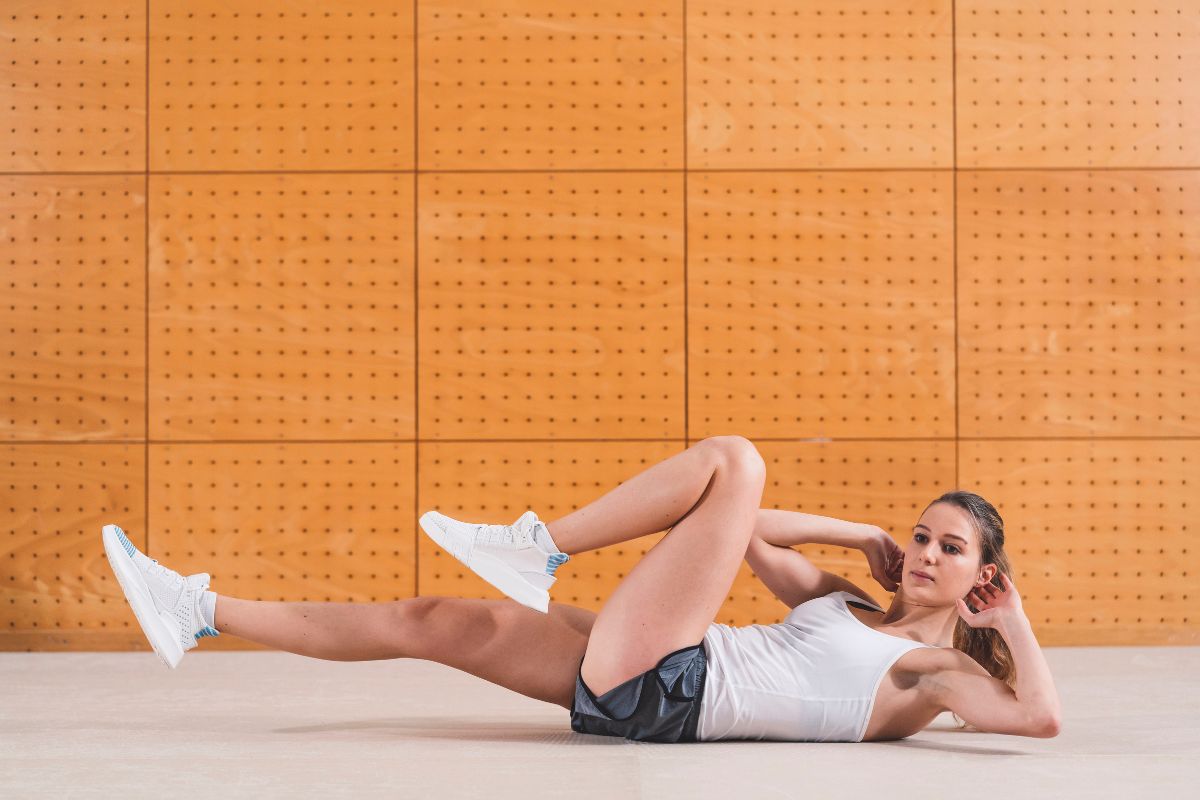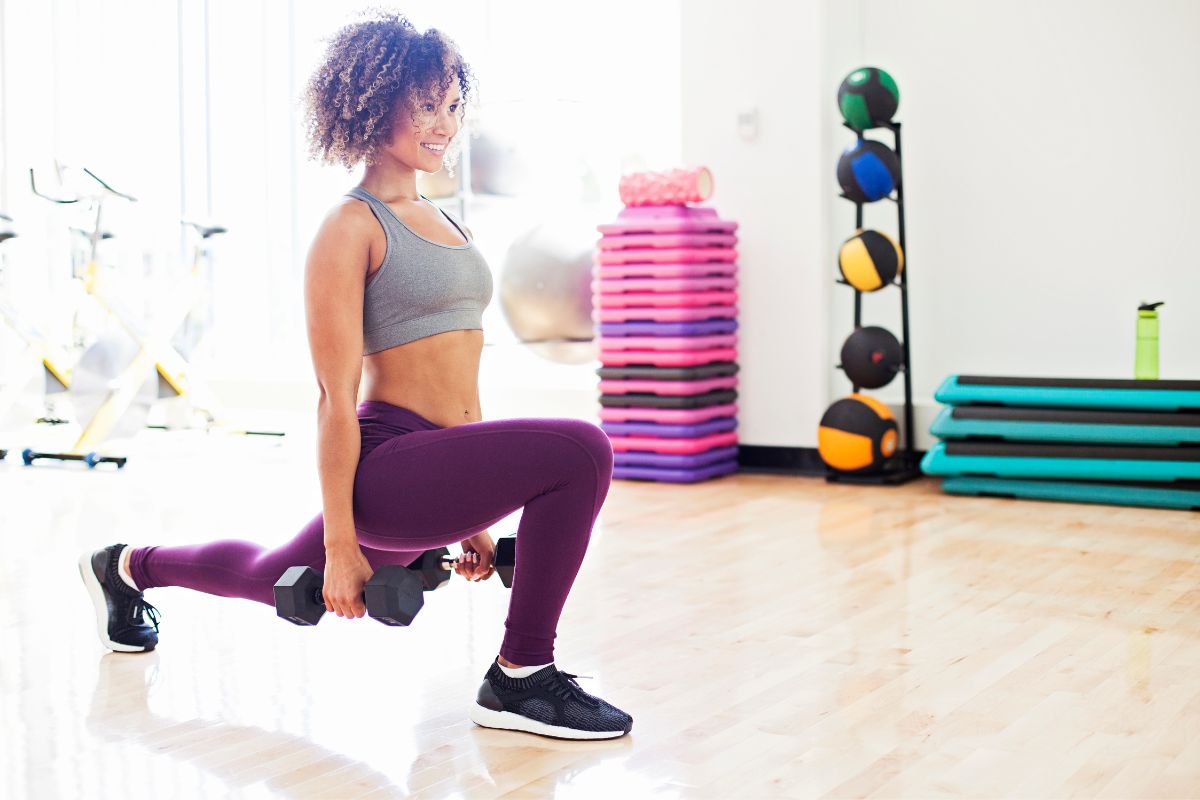Deadlifts, bench presses, and squats all need to be set up correctly in order to maximize their benefits. By ensuring that your weight bar is loaded correctly, you will be protecting yourself from injury and protecting the gym equipment, also.
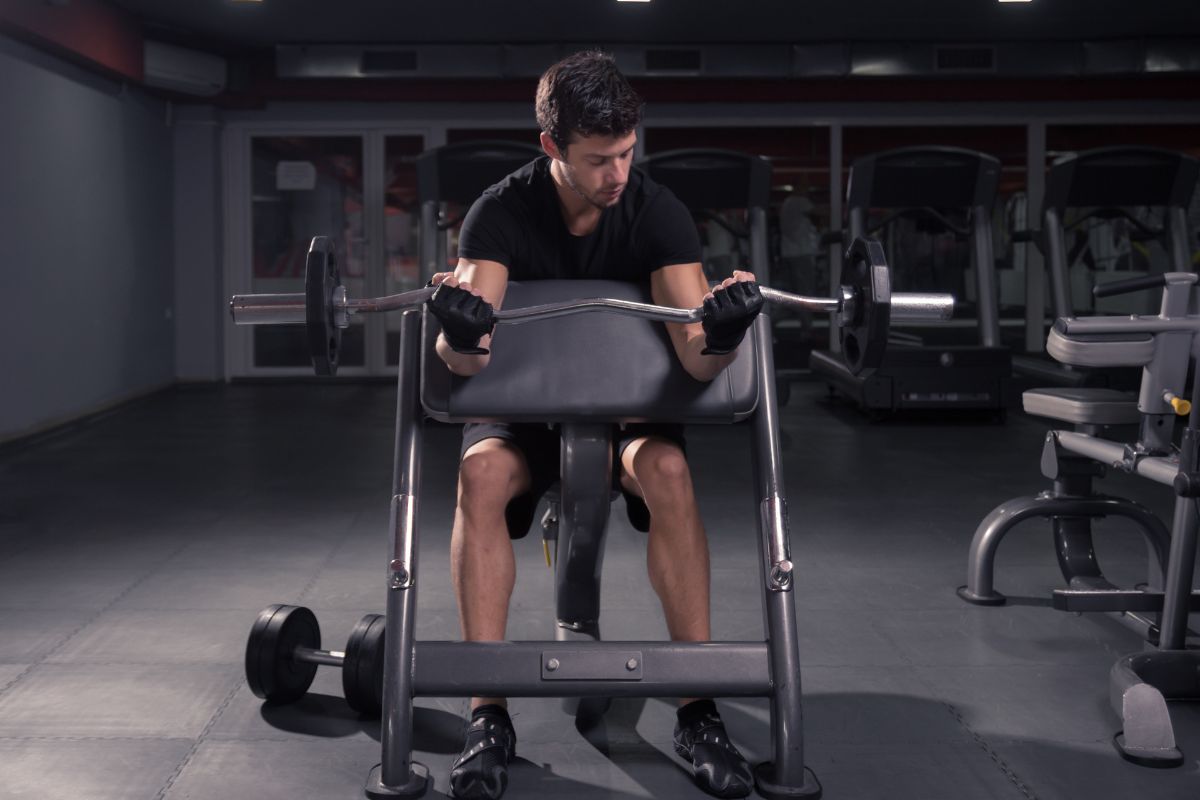

If you have invested in home equipment, then you will want to ascertain how to properly set up your weight bar so that your equipment lasts for a long period of time.
Choosing The Correct Weight Plate
When you are setting up your weight bar, you will want to choose the best type of weight plate to suit your individual needs. For instance, if you are using a squat rack or a power cage, you will probably use a 45 lbs barbell.
These are the types of bars that are used in the Olympics and they are usually fitted with weights that have a 2’’ diameter. However, if you choose to use a standard sized bar as opposed to an Olympic-sized one, then you will require 1’’ weight plates.
Get The Order Of The Weights Right
Once you have fitted your bar onto the rack, you should slide on your heaviest weights first. Doing this ensures that the weight is evenly distributed and that there is no excessive stress placed on the bar itself.
If you are sliding two plates onto one specific end of the bar, but one plate is far larger than the other, then the larger plate should always be placed on the inside.
Whenever you are loading a barbell to use upon a rack only, the kind of weight plates that you are using, such as iron plates or bumper plates, will not matter as much.
However, it is normally recommended that you use the same type of plate when you are loading your bar. A pair of weight bar collars are also essential to ensure that your weight plates are secured into place.
Deadlifts: How To Load A Barbell
When you are attempting to do deadlifts, you will need to carefully consider the right type of weight plates for this task. This is because you will also need to consider the potential impact of dropping the bar on the floor.


If you are deadlifting, then using bumper plates is recommended. This is because cast iron plates are at risk of breaking when dropped onto the floor.
Despite the fact that there are various kinds of bumper plates, all of them consist of rubber which means that they are more easily able to absorb the impact when they are dropped onto the floor. However, there are also a few other things that you need to ensure prior to starting deadlifting:
- Ensure the weight plates are aligned in the correct order. As mentioned, you need to ensure that weight plates are aligned in the right order and that the heaviest weight is placed on the inside.
- Ensure that your bumper plates are the same length in diameter. The vast majority of bumper plates will follow IWF standards and thus, be 45cm in diameter. However, some may differ. When you are deadlifting, you definitely need to make sure that your plates are the same in diameter. Otherwise, the bar will not touch the floor when placed or dropped down. This inherently places more stress onto the larger plates as they will be supporting more weight than they should be doing when the bar is dropped or merely resting. Over time, this will result in them breaking.
- Use heavier weight plates where possible. Using 10 lbs plates on either side is preferable to selecting four 5 lbs plates. These weights are thicker and thus, have a greater surface area. This larger surface area means that the force that is channeled through these weights is far less concentrated. The plates are far less likely to break in this instance. It also means that heavier plates do not have to rely on smaller, fragile weights for support when dropped.
- Use bumper plates that are less flexible for lighter loads. As mentioned, choosing two 10 lbs weights and placing them on each side is preferable to using four 5 lbs plates. However, if you are planning on deadlifting lighter loads, then you will need to choose a style of plate that is far more sturdy. In this instance, you should choose a 5 lbs Olympic black rubber bumper plate as opposed to a crumb rubber bumper plate or an iron plate.
- Always use a collar to secure your plates into place once they have been loaded. Don’t skip this rule!
How Do I Load A Barbell On The Floor?
Loading a barbell can be difficult to do if you have never attempted to load one on the floor before. The best way to load a barbell on the floor is to load one side at a time and be patient. Loading too much weight at once or trying to rush can lead to injury or damage to the equipment.
Follow these tips to ensure you are loading the bar safely and carefully:
- Place the bar on the floor and raise one side up before sliding the first plate on, ensuring that you are placing the heaviest weights onto the barbell first.
- Next, slide your second weight plate onto the other side of the barbell using the same method.
- Once you have placed your first two plates onto the barbell and the barbell is off the ground, resting on these weights, it should now be easy for you to slide your remaining weights on.
- Whenever you are adding or removing plates from the barbell, you should always pull them towards you as this will make the process far smoother.
- Once the barbell has been loaded, secure the plates into place with a collar on both ends to prevent the weights from sliding off the bar during your exercise.
If you want to purchase a piece of equipment to make this process easier, the safest way to load a barbell prior to engaging in lifts is to use a Mirafit Barbell Jack. You can also purchase mini versions of this which are ideal for portability purposes or for lifting lighter weights.
How Do I Count My Weights On The Bar?
In order to add up the weights on the bar, you first need to identify the weight of the bar itself. After you have ascertained whether it is 25 lbs or 45 lbs, add each plate onto each side of the bar and total up the weights as follows:
- If you are using 1 x 25 lbs barbells and you add one to each side of the bar, then you would be lifting 75 lbs in total or 95 lbs in total, depending on which bar you are using. You should always include the weight of the bar when determining your total weight lifted.
It is good to ensure that you have correctly calculated your weights when lifting at the gym and you should also take into consideration the variability between different gyms as some gyms will have different weight plates than others.
Conclusion
To conclude, loading and counting a weight bar is incredibly easy to do once you know how to load weight plates correctly. You should always ensure that you are loading heavier plates onto your bar first in order to ensure that the bar rests on the floor properly.
Ideally, you should use the same sized plates to avoid pressure being placed onto the larger plates when the bar is dropped. Using rubber plates as opposed to iron ones is also highly advised when you are engaging in activities like deadlifting.
- How To Start HIIT Workouts [Beginner’s Guide] - May 18, 2023
- How To Sneak A Workout In While Taking Care Of Your Baby - March 17, 2023
- How To Build Your Chest With Dumbbells [Guide] - February 9, 2023

